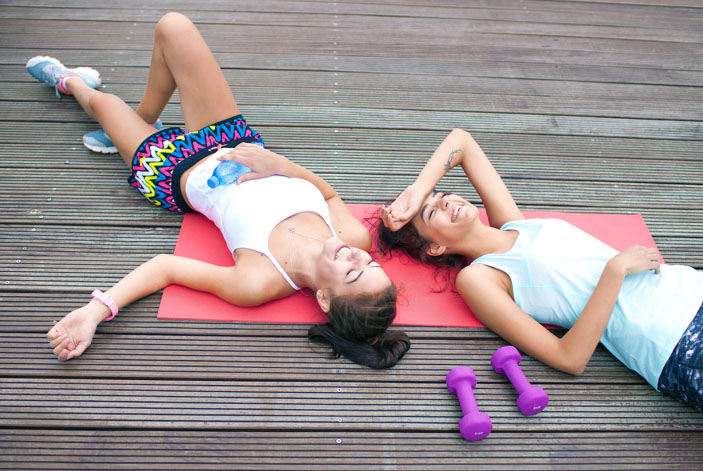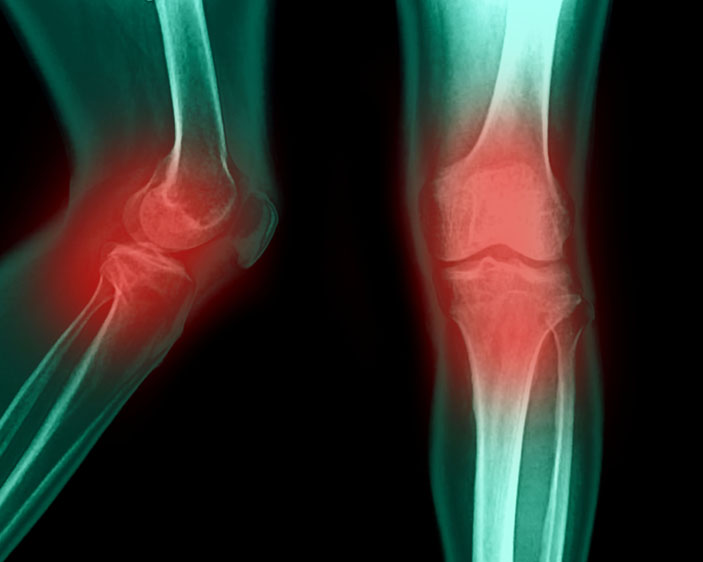
JUST HAD a killer workout?
While fatigue is commonly experienced in the muscles after strenuous activity, you should also look out for early signs of stress and injury.
Sports injuries can occur in any sport or recreational activity, hence it is important to consider the possibility of it being sustained by a diverse pool of patients, not just sportsmen.
For example, a rotator cuff tear can happen in a young tennis player with poor technique or a middle-aged housewife who does too much cleaning.
“It becomes easier to sustain damage as we age; no one is immune,” says Dr Derrick Oh, Consultant Orthopaedic Surgeon at Island Orthopaedic Consultants.
Dr Oh, who sub-specialises in Sports Medicine adds: “Activities that were easy at the age of 16 naturally becomes harder at the age of 60. Our bodies struggle to cope and this is where professionals can step in to help.”
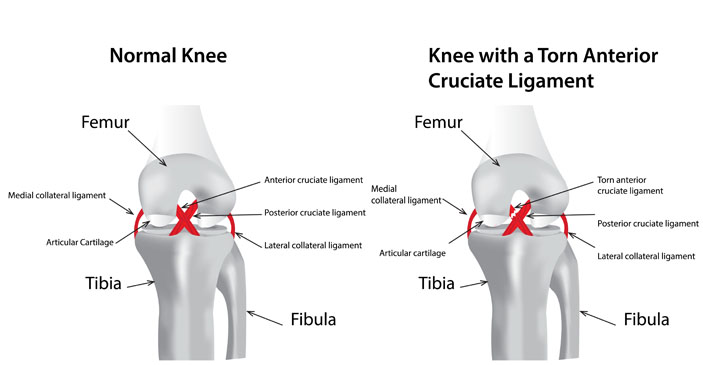
Sports Injuries Can Occur Anytime
Collisions, sudden movements and changes in direction are among the main causes of sports injuries.
Ligaments that are the most susceptible to sports injuries are the Anterior Cruciate 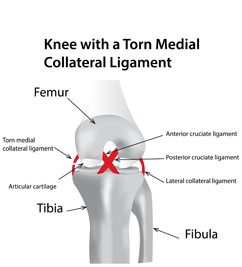 Ligament (ACL) and Medial Collateral Ligament (MCL). The ACL provides front and rotational stability to the knee, while the MCL provides medial stability to the knee.
Ligament (ACL) and Medial Collateral Ligament (MCL). The ACL provides front and rotational stability to the knee, while the MCL provides medial stability to the knee.
ACL injuries usually happen in sports such as football and basketball where the knee might experience a rapid change in direction or an incorrect landing from a jump.
MCL injuries are usually caused by sudden twisting or direct impact on the knees. They can occur in our everyday life through falls and unexpected twists of the knee joint.
“Most patients are not professional sportsmen but that does not diminish their level of commitment or passion for their sport. As a specialist in sports reconstruction, it is essential for me to guide and help get patients back to their chosen sport,” says Dr Oh.
Customised Treatment Options
When it comes to treating the patient, it should not be about getting first-line treatment, but rather the best solution for the patient. “It is advisable to treat the patient as a whole and not just based on their condition at the point of consultation. The patient’s physical age, chronological age, activity level, and other medical conditions are some of the factors we take into consideration when counselling. We focus on what is safer for them and help them adjust if necessary,” explains Dr Oh.
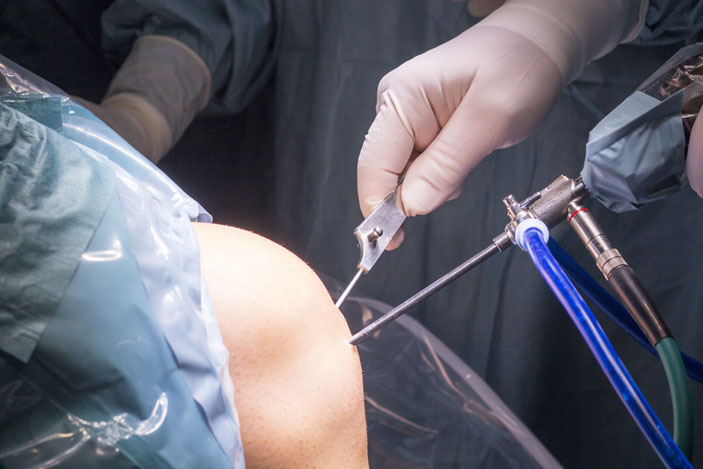
Age, activity level and existing medical conditions are some factors that should be taken into consideration when choosing a treatment option. The first step in any surgical intervention is establishing trust between the doctor and patient. This trust is necessary to see patients through the process of healing and rehabilitation.
Surgical procedures run the gamut from arthroscopic debridement to cartilage transplants and joint replacements.
You Might Also Like To Read:
Getting Back On Your Feet
“Recovery involves understanding the cause of the injury, how to prevent it from recurring and what situations to avoid. Without this, patients are more than likely to reinjure themselves,” adds Dr Oh.
Physiotherapy is commonly incorporated into the recovery process. It not only helps to increase mobility and strength but also helps with pain relief and coping techniques. Most importantly, physiotherapy exercises should be done at home and on a daily basis if possible to aid recovery.
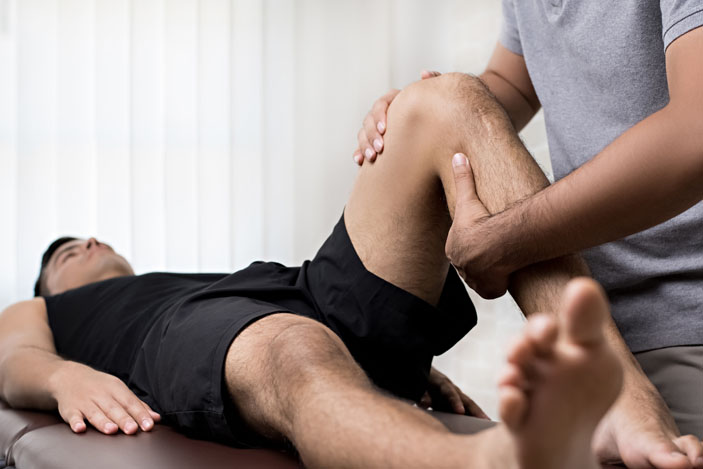
In a rush to heal quickly, some patients may tend to push too hard in a short period of time. However, it is important to understand that repaired structures often take a lot longer to heal than the skin incisions. Premature termination of rehabilitation or early resumption of sports could be disastrous. Patients should always check with their doctor on the next best approach.
Pain-killing injections or other short-term medications are NOT recommended!
When pain exists, it acts as a sign to stop you from doing things which may cause more damage to your injury. Analgesics should not be used to prolong activity as it will only do more harm in the long term.
When you participate in an activity while injured, the complex motions your body goes through to execute a move are affected. Joints above and below the injured parts will have to compensate for structural weaknesses, causing more stress to your joints and the possibility of the initial problem being magnified over time.
 The Healthy Way is a regular health series developed for STORM.SG by Healthway Medical. If you have specific queries, please do email us at health@storm.sg and we will ask the panel of experts for their advice. Do note that only selected queries will be addressed.
The Healthy Way is a regular health series developed for STORM.SG by Healthway Medical. If you have specific queries, please do email us at health@storm.sg and we will ask the panel of experts for their advice. Do note that only selected queries will be addressed.
Varying Your Exercise Regime
A varied exercise regime can be a great way to train on a daily basis without over-stressing a particular joint or muscle. Yoga and Pilates are good examples of low-impact methods to strengthen your core muscles as they involve cross-training and conditioning. Such training will help you perform better and offers some protection against injuries.
“Alternating between high- and low-impact activities during the week is an excellent way to train intensely, but yet keeping things fresh. This will help to improve performance and reduce the chance of injury,” explains Dr Oh.
For More Articles in The Healthy Way series, visit www.storm.sg/health
Keep Sports Injuries At Bay
To minimise the risk of injury while being able to enjoy the benefits of playing sports, you should take note of the following:
- Prior preparations
Go for a medical screening to detect any underlying medical condition that should be treated before starting on any sports-related event.
- Have adequate training sessions
Come up with a structured plan for training sessions to ensure that the body is well-prepared. Make it a habit to always do warm-up and cool-down exercises before and after every training or activity.
- Use appropriate equipment
Ensure the gear used is suitable and check that equipment is not faulty before use.
- Do not strain existing or past injuries
Allow your body to have ample rest to recover from training.
- Consult your doctor
Seek medical attention as soon as possible whenever an injury is sustained and continue to follow up with the condition during and after the recovery process.















